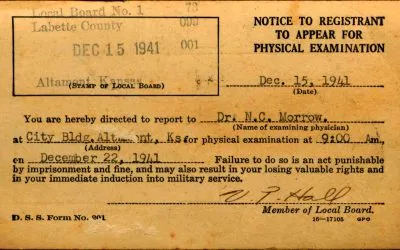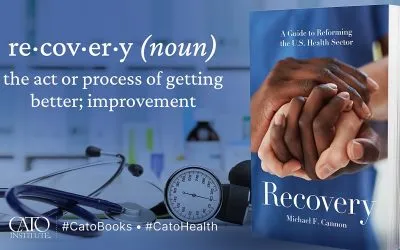A black man waiting at a bus stop called to me as I was bicycling down the street: “You’re the first black man I have seen over here in a long time.”
“It will be a long time before you see the next one,” I said, and we both laughed.
In a deeper sense, it was not funny, but sad. This was not an area where there had been any effort to keep blacks out. But it was an area where the small black population that once existed had declined substantially. That has been happening up and down the San Francisco peninsula — and largely going unnoticed.
This is not unique to this area. Long Island, New York, has a 92 percent white community (Garden City) and another that is 83 percent minority (Hempstead), just a few minutes away on the commuter train. Here, as in California, economics is behind the ethnic cleansing. Skyrocketing housing prices have made it virtually impossible for most blacks to live in some communities, where even modest homes or apartments command huge prices.
Mansions cost big bucks everywhere. But there are some places, especially in parts of New York and California, where housing prices are out of sight, even for bungalows in mediocre condition. What is there about those particular places?
A recent economic study by professors at Harvard and the Wharton School found high land prices to be the key factor in high housing prices. Restrictive land use policies, under the banner of “open space,” are in turn the key factor behind high land prices.
What are called open space laws could more honestly be called “housing bans.” But that would expose the hypocrisy of those open space advocates who also proclaim their desire to see more “affordable housing.”
Contrary to the old rule of thumb that you could afford to spend one-fourth of your income for housing, a recent report says that 28 million Americans pay upwards of 30 percent of their income for housing. In some communities, many tenants pay half their monthly income for apartment rent.
Blacks are not the only people who have trouble paying the high housing prices in such communities. Policemen, schoolteachers, nurses and others in essential but not highly paid occupations can seldom afford to live where they work, if they work in communities with housing bans under the lofty name of open space laws.
Families with children are especially hard hit by the burden of sky-high rents and home prices. What does this mean in human terms? It can easily mean that both parents have to work full-time and put their children into day care all day. Some couples cannot even afford to have children, because of monster mortgage payments.
For many couples, even when both of them are working, that is still not enough to pay the rent or the mortgage in the community where they are employed. That forces them to live farther out, which in turn can mean three or four hours a day spent in heavy traffic going to and from work. For some, death on the highway is part of the price they pay so that others can preen themselves on their love of open space.
Some parents would like to take their children out of a failing or unsafe public school, and put them into a private school. But the crushing burden of housing costs can make that impossible. An inferior education can be a life-long handicap for their children. That is also part of the price paid so that other people can feel puffed up as preservers of open space.
Who can live in such places? Either older people who bought their homes when houses sold for a fraction of what they cost today, or very affluent or wealthy people, including heirs to fortunes.
Why would people who have inherited great wealth use that wealth in ways that make life harder for people who were not born rich, but who have to work for a living? That question should be addressed to heirs who run family foundations that are supporting endless campaigns for more and more housing bans (“open space”).
For either an individual or a society, wealth buys insulation from reality — one of the most dangerous of all luxuries. Those who don’t have to worry about making a living can indulge themselves in feel-good crusades at other people’s expense.




